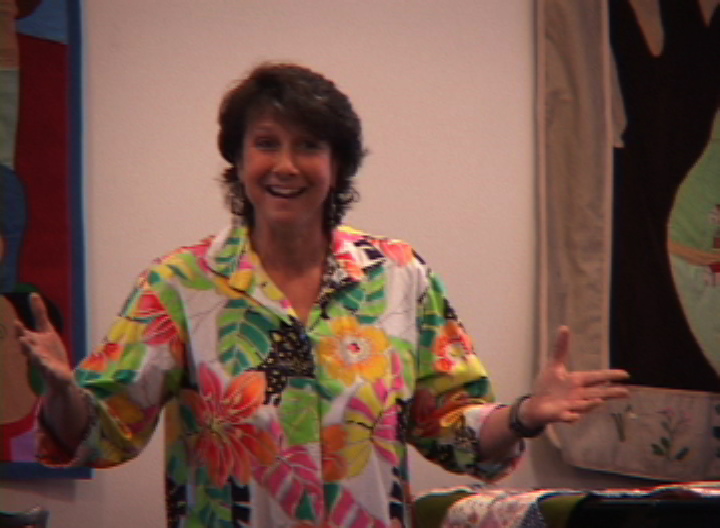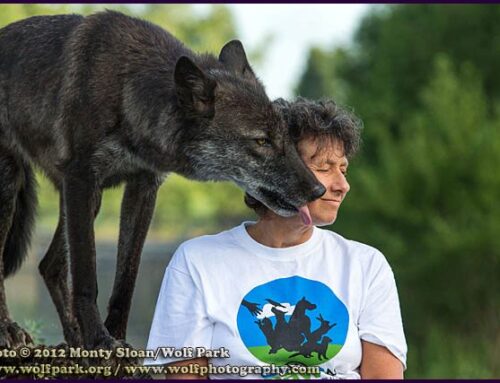Owners of fearful or shy dogs are often told that they need to build their dog’s confidence, but just what does that mean? I start with the definition of ‘confidence’ which is to my thinking, the ability to reliably predict that your actions will have a successful outcome. A dog’s definition of ‘success’ will affect whether or not something actually helps them feel more confident.
Some dogs, like some people seem ready to plunge into life without a thought about potentially consequences (e.g., teenage boys), while others seem to hang back and need encouragement and time to try something new. Just watching another dog do something that is scary to a fearful dog is not enough for a fearful dog to feel confident enough to try it themselves. I could watch people jump out of airplanes all day and I probably never work up the nerve to do it myself. Anyone that thought that putting me in a plane and tossing me out, so I could learn how much fun it was, would earn a spot on my s**t list. Yet all too often this is how owners treat their fearful dogs. They may not be tossing them out of planes but they are making them stand still while a small monster pets them, or they are putting a leash on them and subjecting them to the attention of gangs of dogs that for all their dog knows, are out for his lunch money.
Toastmasters International is an organization dedicated to helping people learn the art of public speaking. Regular meetings help people learn how to construct interesting  and informational speeches, while giving them the opportunity to stand in front of a supportive group of people and practice. Even with practice and a good speech, finding yourself on a stage with dozens of pairs of eyes staring at you can get your heart pumping and thoughts jumbling out of control. But with knowledge of how to deal with this physiological effect, it becomes possible to focus on your task and succeed. Each success leads to more confidence in your ability to perform in front of crowd.
and informational speeches, while giving them the opportunity to stand in front of a supportive group of people and practice. Even with practice and a good speech, finding yourself on a stage with dozens of pairs of eyes staring at you can get your heart pumping and thoughts jumbling out of control. But with knowledge of how to deal with this physiological effect, it becomes possible to focus on your task and succeed. Each success leads to more confidence in your ability to perform in front of crowd.
To achieve more comfort in this situation you know your speech backward & forward. You practice at home in front of a mirror or with someone you feel comfortable with. You make mistakes and correct them, practicing until those mistakes are fewer and further between. You learn to take a few deep breaths, slowing yourself down before you jump into action. A good coach will remind you of this as you train. Bit by bit your physical response to being on stage begins to lessen, stage fright may never go away totally, but it becomes manageable. And if you make a mistake you discover that it is not fatal, you move on.
For some dogs much of the world is like a stage where their hearts race and their only thought of success is to flee the scene. By working with your dog to teach them skills they can use when faced with what scares them, they can begin to experience success in other ways. They don’t need to run away or snarl to keep scary things at bay, turning and walking away works just as well (and gets them a treat and some words of praise for a job well done).
Think about the skills you can teach your dog at home, with praise and encouragement, before you ask them to climb onto that big scary world stage.





